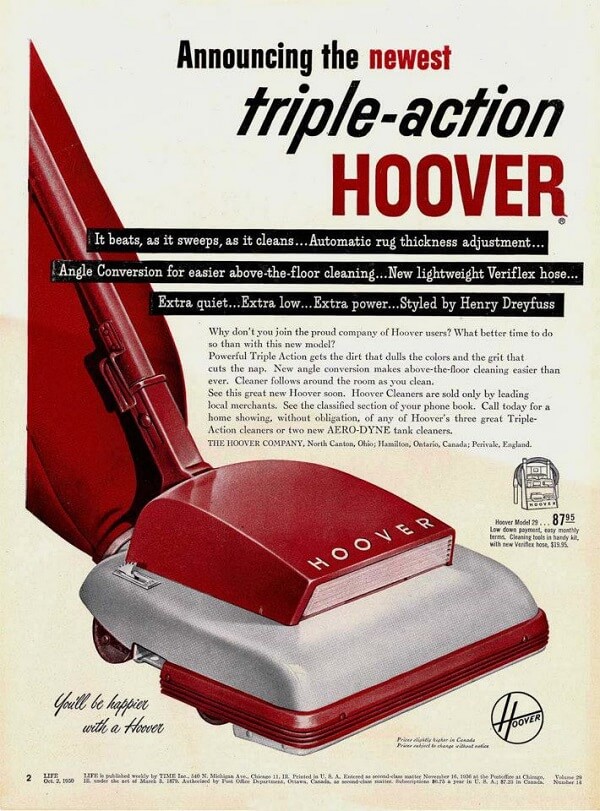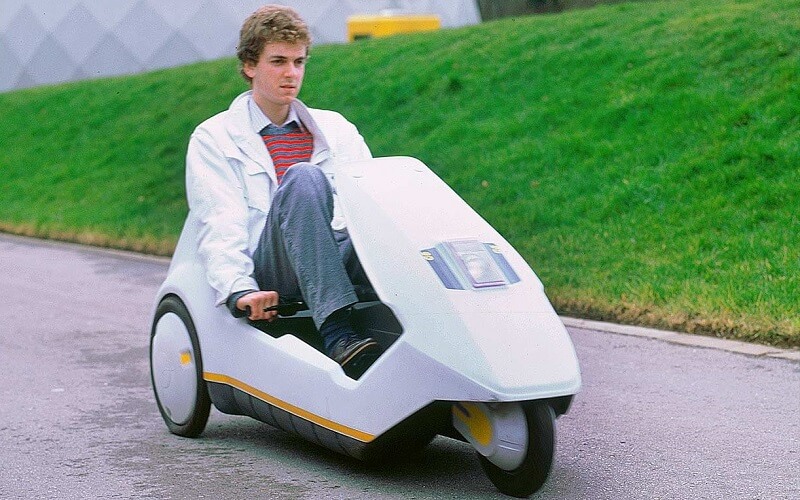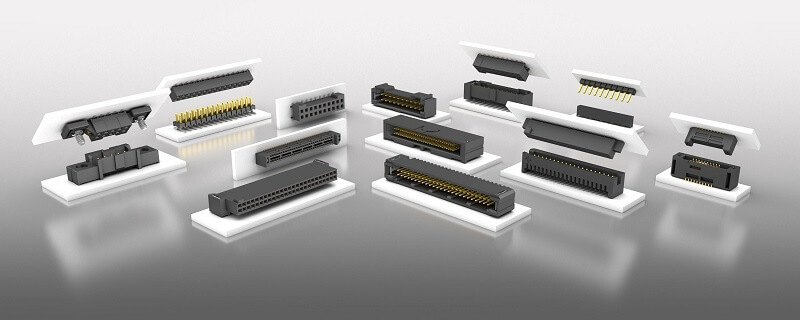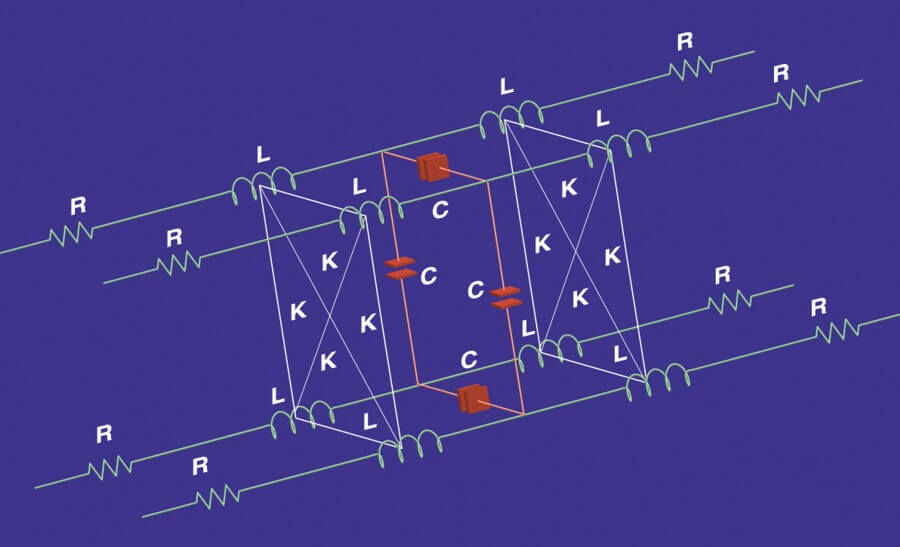There are some products that have become so familiar that their name has entered everyday language. The Hoover Company became so successful in the vacuum cleaner market that its name has entered the language to describe the task they perform. Here in the UK, many Brits of a certain age do not do the vacuuming. Instead, they “hoover”.

The same is true of more up-to-date technology. In the world of the internet, Google now receives more than three-quarters of all search traffic globally. In the same way that Hoover managed to achieve in previous decades, Google has become so powerful in its marketplace that most of us use the name as a verb. We no longer search for something, we Google it.
Dominant Design
This kind of commercial success is known as dominant design. It is defined as the product that wins such loyalty from the marketplace that everyone else needs to follow to have any chance of success. This is one of the ways that a product becomes an industry standard. We only need to look back to the 1970s to find an example – the battle between VHS and Betamax for the lucrative videotape market.
Video cassettes completely changed how we watched TV and movies. Long before the age of streaming and live-pausing, the idea of watching the latest movies at home was incredible. The company that became the industry standard would change the economics of movies forever.
Two heavyweights in the world of electronics squared up for this battle. In the red corner, Sony had developed the Betamax format. Facing them from the blue corner was JVC with their Video Home System (VHS).
There has been some argument that the Betamax system was technically superior – it was certainly smaller. However, regardless of the quality considerations, ultimate victory was won by the VHS format. This was because Sony kept its design proprietary, while JVC partnered with other manufacturers and licensed its technology. As a result, VHS machines and cassettes were more readily available and grew to dominate the market. The rest of the industry was compelled to adopt the VHS format in order to engage with consumers.
Success Is Not Guaranteed
The dream for manufacturers is to introduce a product that is so wildly successful that their competitors are trailing in their wake for years to come. However, it’s not easy. For every success, there is a list of corresponding failures. Here in the UK, the Sinclair C5 was introduced in 1985 as an alternative to traditional cars. It was a single-seat electric vehicle that was marketed as a solution for urban commuters.

The inventor of the C5, Sir Clive Sinclair, was (and is) a very clever man. At the time, he had a history of success in the home computing market, but the C5 simply did not capture the public’s imagination. Here in Britain, the name of the C5 has been a bit of a joke ever since.
Does the same thing happen in the connectors industry? That question is a little tricky to answer. With a few exceptions, connectors are rarely destined for the consumer market. Designers do not rely on customer perception or emotional attachment to select components. Instead, connector choice should depend on the technical capabilities of the product itself.
Standards in Electronics
Despite this, there is still a need for standards within electronics. This is especially true for connectors, as they provide the interface between different pieces of equipment. Standardized connectors are a key feature of the marketplace.
Connector standards do not emerge in response to market pressures in the same way as the video cassette example. There is rarely one connector so versatile and successful that it dominates the entire market. More often, a standard is created when a number of manufacturers join together in order to address a need within the industry. One of the best examples from recent years is the USB connector, which was created to replace a whole range of other connectors that had been adopted for use in desktop computers. Because the USB connector has been so successful, we rarely see parallel printer ports or mini-DIN connectors for keyboards and mice.
The interesting thing about connector standards is that they usually only define the geometry of the connector in great detail – the required size, shape and dimensions. They do not often describe how the connector should be built. Therefore, manufacturers are often able to apply their own expertise to the connectors. As an example, take a look at the Samtec Tiger Eye™ contact system. This technology can be used in connectors that are compatible with a wide range of standard pin headers, but is designed to provide much higher performance than normally expected from this type of standard connector.

The FFSD series provides a good example. The FFSD is a connector designed with a contact pitch of 0.050” (1.27mm), making it compatible with standard pin headers. However, the multi-finger contact design of the Tiger Eye system provides much higher reliability than commercial equivalents making it a good choice for demanding applications.
Standards That Perform
Samtec manufactures a wide range of products, from some of the most popular standard connectors to custom designs for engineers who know exactly what they need but cannot find. However, when it comes to specifying connectors, standard does necessarily mean equal.
Next time you need to look for a connector standard, remember that you don’t have to settle for standard performance.



Leave a Reply